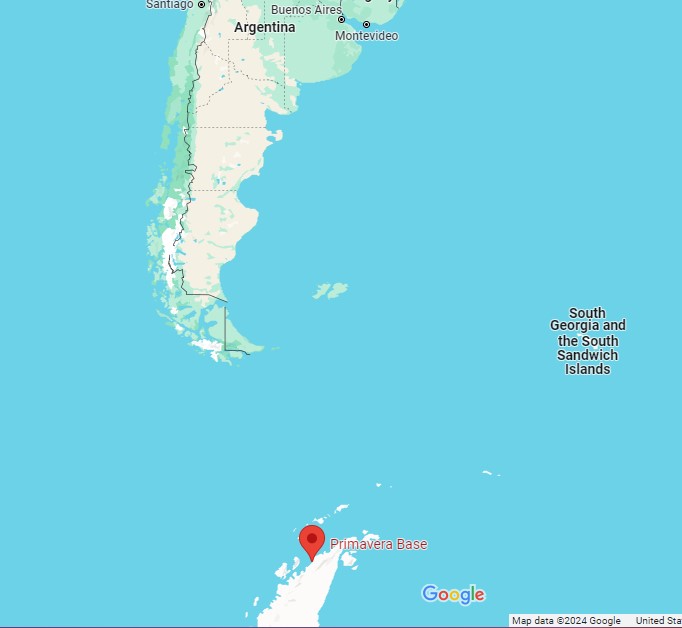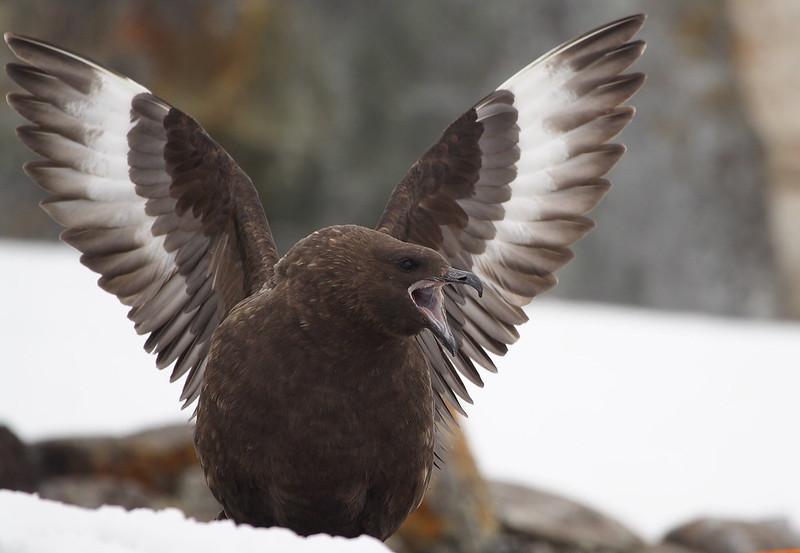A Spanish-led research team yesterday announced that highly pathogenic H5 avian flu has been confirmed for the first time on Antarctica's mainland, according to an announcement from Spain's ministry of science, innovation, and universities.
Part of a southward spread over the past year, the virus had previously been found in birds and sea mammals in sub-Antarctic areas, including the South Georgia and the South Sandwich Islands. And in late January, H5N1 was detected for the first time in Antarctic penguins, which were found dead off the Falklands Islands coast.
Fears confirmed about earlier bird deaths
The latest detection came from scientists at the Severo Ochoa Biology Center, part of the Spanish science ministry's Higher Council for Scientific Research. The group is based at Spain's Antarctic research base, called Gabriel de Castilla on Deception Island.
The researchers found the virus in two dead skuas that Argentinan scientists collected near Argentina's Antarctic research base, Primavera, which is on the northern tip of Antarctica's mainland. Skuas are large seabirds that breed in sub-Antarctic and Antarctic zones and move farther north when not breeding.

Spain's science ministry said the confirmation was made possible by international collaboration and that the discovery will help the national polar programs take steps to avoid transmitting the virus from people to animals and from animals to people.
"This discovery demonstrates for the first time that the Highly Pathogenic Avian Influenza virus has reached Antarctica despite the distance and natural barriers that separate it from other continents," the group said. "This finding could also explain the bird deaths recorded during the Antarctic summer."
Over the past several months, animal health groups have warned about the threat of further spread of H5N1 to Antarctica's wildlife, especially since they haven't been exposed to the virus before and often live in densely packed colonies.
Poultry outbreaks continue in US, abroad
The US Department of Agriculture (USDA) Animal and Plant Health Inspection Service (APHIS) reported more highly pathogenic avian flu outbreaks in poultry flocks in five states, according to its latest updates.
The virus struck three turkey farms and a layer farm in Missouri's Dallas County.
Also, outbreaks were reported in backyard flocks in Indiana, New York, Maryland, and Ohio.
Overseas, outbreaks continue, including in Europe, where recent events involving poultry were reported from a number of countries, according to notifications posted by the World Organization for Animal Health (WOAH). Norway reported an H5N1 outbreak at a commercial farm in Rogaland County in the western region. Italy reported the virus at a farm in Veneto region. Moldova also reported another event. Norway also reported an H5 detection in a red fox found in Skibotn in Trom County in the north, according to a WOAH notification.
Peru recently reported a highly pathogenic H5 outbreak at a commercial layer farm in La Libertad in the northwest.


















